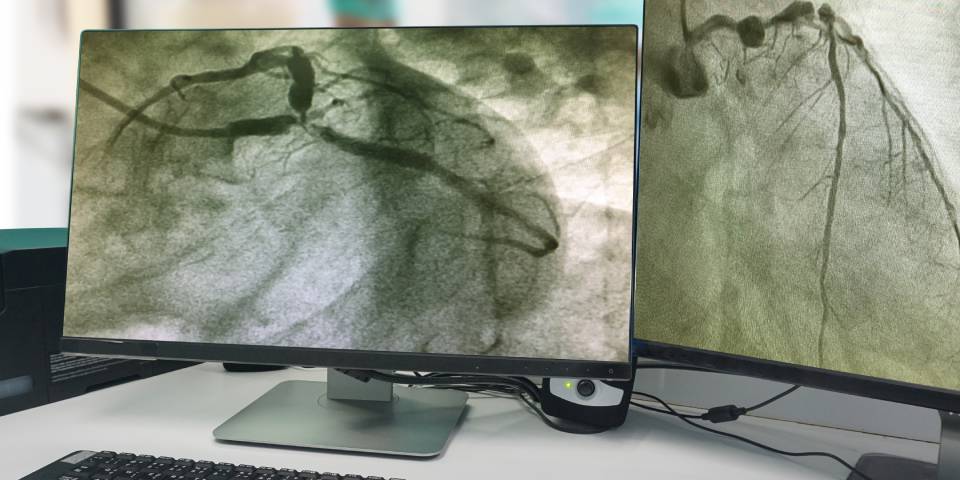What is Angiography?
Angiography is a gold standard test to know the blockages in blood vessels. Angiography is a medical imaging technique that uses X-ray, CT, or MRI imaging equipment to create detailed images of the blood vessels. During the procedure, a contrast dye is injected into the blood vessels through a thin, flexible catheter that is inserted into a blood vessel in the arm or leg. The dye highlights the blood vessels and allows doctors to see their structure and function.
When We Required Angiography?
Angiography is usually recommended if you have: Symptoms of Heart attack or coronary artery disease such as chest pain, Abnormal results of a heart test such as ECG, 2D ECHO, or TMT, and when heart valve surgery is planned. On average it takes half an hour and gives very important results to plan further courses of action for the benefit of the patient.
How is Angiography Performed?
Usually, it is done through the wrist and if required through the groin. During this procedure, you will be asked to lie on your back on the X-ray table. The hand or groin area is disinfected and then numbed with an injection of local anesthetic. A small needle is used to enter your vessel; and subsequently, a short plastic tube (sheath) is inserted into your artery. Then a long catheter is inserted through the sheath into your blood vessel and carefully threaded into your heart or coronary arteries. Dye (contrast material) is injected through the catheter. X-ray cameras will move over and around your head and chest to take pictures from many angles. When the angiogram is over, the catheter is removed from your arm or groin, and the incision is closed with manual pressure, a clamp, or a small plug. You may be able to go home the same day.
Depending on the Angiography Results you may be asked for Medical management if no significant blockages are found. If there are significant blockages you may ask for Angioplasty or Bypass surgery Whichever is best for you.
Is it a risky procedure?
So Angiography is a very low risky and confirmatory test to know blockages in the heart vessel. This can cause symptoms such as hives, itching, and difficulty breathing. In rare cases, a severe allergic reaction called anaphylaxis can occur, which can be life-threatening.







